Barrett MRAD .300 PRC Bolt Action Rifle, 26" Barrel, Black – 18499 For Sale
$6,448.99
The Barrett MRAD .300 PRC Bolt Action Rifle, product code 18499, is a highly precise and versatile firearm, ideal for both recreational and professional use. Constructed with a durable 7000-series aluminum monolithic upper receiver, it features a full-length M1913 Picatinny top rail with an integrated taper for enhanced long-range accuracy. Its adaptable hand guard, equipped with mounting slots at the 3, 6, and 9 o’clock positions, facilitates the attachment of various tactical accessories. A key highlight of the MRAD is its user-changeable barrel system, enabling conversion among seven different calibers or multiple barrel lengths with ease, using a standard Torx wrench. This flexibility, combined with its precision engineering, makes the Barrett MRAD a pinnacle of modern firearm design, offering reliability and user-friendly customization in a sleek, powerful form.
Can civilians buy Barrett-Mrad?
Yes, civilians can purchase the Barrett MRAD (Multi-Role Adaptive Design) rifle in the United States, provided they comply with federal, state, and local laws related to firearms purchases. As it is classified as a bolt-action rifle, it generally falls under broader civilian access compared to certain semi-automatic firearms. However, potential buyers must undergo a background check and adhere to any specific restrictions or requirements in their jurisdiction.
How far can a Barrett-Mrad shoot?
The Barrett MRAD (Multi-Role Adaptive Design) sniper rifle is capable of shooting accurately at long distances, typically up to 1,500 to 2,000 yards (approximately 1,370 to 1,830 meters), depending on the specific caliber used and environmental conditions.
What caliber is the Barrett-Mrad?
The Barrett MRAD (Multi-Role Adaptive Design) rifle is typically available in multiple calibers, including .338 Lapua Magnum, .300 Winchester Magnum, and 7.62x51mm NATO (.308 Winchester).
Is the MRAD a good rifle?
The MRAD (Multi-Role Adaptive Design) rifle by Barrett is generally considered a highly reliable and accurate firearm, favored for its modularity, versatility, and precision. It is often used by military and law enforcement agencies and is appreciated by civilian shooters for its performance. Its ability to be configured for different calibers and its durable design make it a good choice for various applications. However, whether it is a “good” rifle can depend on specific needs and preferences, such as intended use, budget, and personal comfort with the rifle’s features.
Why is 50 BMG illegal?
The legality of the .50 BMG (Browning Machine Gun) cartridge varies by country and region. In some places, restrictions are imposed due to its power and potential uses. Here are a few reasons why it might be restricted or considered illegal in certain areas:
1. **Lethality and Range**: The .50 BMG is a high-caliber cartridge capable of penetrating armor and causing significant damage over long distances. Its power can make it a concern for public safety and law enforcement.
2. **Military Origins**: Originally designed for military use, its capabilities exceed those typically required for civilian applications, such as hunting or sport shooting.
3. **Potential for Misuse**: The ability to penetrate armor and target vehicles or aircraft may lead to concerns over its potential use in criminal or terrorist activities.
4. **Regulation of Firearms**: Many jurisdictions impose restrictions on specific types of ammunition and firearms to maintain control over the types of weapons available to the public. The .50 BMG often falls under such regulations due to its power and military association.
5. **Public Safety Concerns**: Lawmakers may believe that restricting access to such powerful ammunition is necessary to ensure public safety and reduce the risk of mass casualties.
In regions where it is illegal, these reasons contribute to the rationale behind restrictions or bans. Always check local laws and regulations to determine the specific legal status of the .50 BMG in your area.
Are Barrett rifles worth the money?
Whether Barrett rifles are worth the money depends on several factors, such as their intended use, your budget, and your personal preferences. Barrett rifles, particularly models like the M107A1 or the M82A1, are renowned for their quality, durability, and long-range precision. They are often used by military and law enforcement agencies and are considered some of the best long-range rifles available, especially in .50 BMG caliber.
For civilian shooters, the investment may be justified if you are looking for top-tier performance at long distances or if you are a collector of high-quality firearms. However, if your needs are more general or if you have budget constraints, there may be more cost-effective alternatives that could suit your requirements.
Ultimately, the value of a Barrett rifle will depend on how much you prioritize its specific capabilities and reputation.
What sniper did Chris Kyle use?
Chris Kyle primarily used the McMillan TAC-338 sniper rifle during his military service as a Navy SEAL sniper. He also used other rifles, including the Mk 12 SPR and the Remington 700, but the McMillan TAC-338 is one of the most notable ones associated with him.
How much is 1 MRAD at 100 yards?
1 MRAD (milliradian) at 100 yards is approximately 3.6 inches. This is because one milliradian subtends about 3.6 inches at a distance of 100 yards.
What is the most accurate military sniper rifle?
The accuracy of a military sniper rifle can depend on several factors, including build quality, cartridge type, barrel length, and environmental conditions. However, as of recent years, the Accuracy International AXMC and the Barrett MRAD are often considered among the most accurate sniper rifles. Both are known for their precision, reliability, and modularity, allowing them to perform exceptionally well in various conditions. Specific accuracy can also heavily depend on the skill of the user and the quality of the ammunition used.
What caliber do Navy snipers use?
Navy snipers typically use the 7.62x51mm NATO and the .300 Winchester Magnum calibers for their sniper rifles.
Who uses Barrett Mrad?
Barrett MRAD (Multi-Role Adaptive Design) rifles are typically used by military and law enforcement agencies, as well as by civilian long-range shooting enthusiasts. Its adaptability and precision make it popular in tactical and competitive shooting settings.
Do US snipers use MOA or MRAD?
US snipers use both MOA (Minute of Angle) and MRAD (Milliradian) for different applications, depending on their training, equipment, and personal or mission-specific preferences. MOA is often used in contexts with a tradition of using the imperial system, whereas MRAD, being metric-based, is favored in contexts where precision and international interoperability are important. The choice between the two can also depend on the specific branch of service or the make and model of the optics in use.
Can civilians own military grade weapons?
Civilians in the United States generally cannot own military-grade weapons, as these are subject to strict regulations. Military-grade weapons, which include fully automatic firearms and explosives, are regulated under the National Firearms Act (NFA) and the Gun Control Act. Some older military firearms may be owned legally if they were manufactured before a certain date and registered properly, but obtaining such items requires a specific federal license and involves a thorough background check and approval process. Access and ownership laws can vary by state and country, so it’s important to consult local laws and regulations for specific guidance.
Who can buy a ghost gun?
As of my last update, a “ghost gun” refers to a firearm that is typically assembled from parts and lacks a serial number, making it untraceable. The laws regarding the purchase and possession of ghost guns vary by jurisdiction:
1. **Federal Law (U.S.):** As of August 2022, the Bureau of Alcohol, Tobacco, Firearms and Explosives (ATF) implemented a rule requiring partially completed frames and receivers to be serialized and treated similar to fully functional firearms. This means they must be sold by licensed dealers who conduct background checks.
2. **State Laws:** Some states have implemented their own restrictions or bans on ghost guns. For example, California, New Jersey, and New York have laws that either regulate or prohibit the sale and possession of ghost guns.
3. **Eligibility:** Generally, under federal law, individuals must be 18 to purchase a long gun and 21 to purchase a handgun from a licensed dealer. Additionally, the purchaser must pass a background check.
It’s important to check the specific state and local laws where you reside, as regulations about ghost guns can vary significantly. Always ensure compliance with both federal and state laws when considering acquiring any firearm or firearm parts.
Can a civilian own a TAC 50?
Yes, civilians in the United States can legally purchase and own a TAC-50, which is a high-powered rifle manufactured by McMillan. However, it is subject to federal and state regulations. The buyer must be at least 18 years old, pass a background check, and comply with any additional state-specific laws regarding the purchase and ownership of firearms. Regulations in other countries may vary significantly.
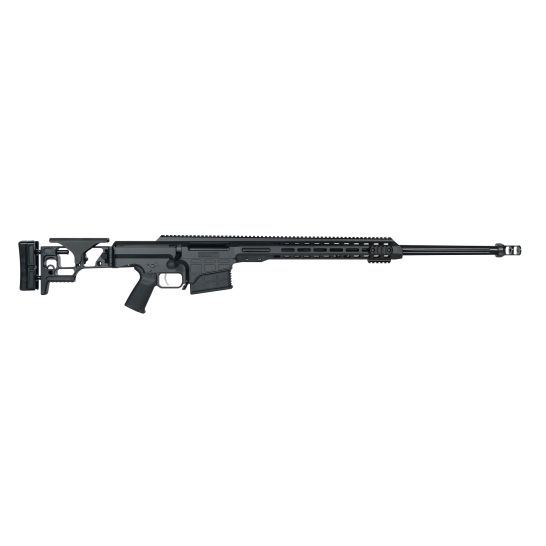
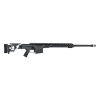
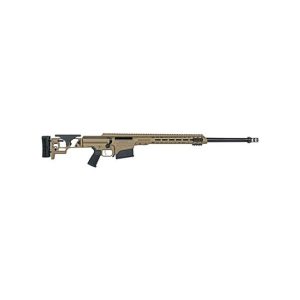
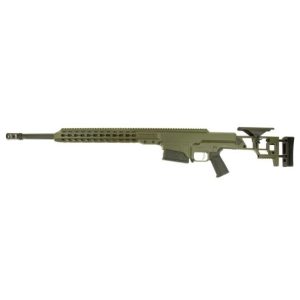
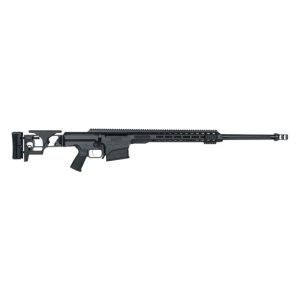
Reviews
There are no reviews yet.